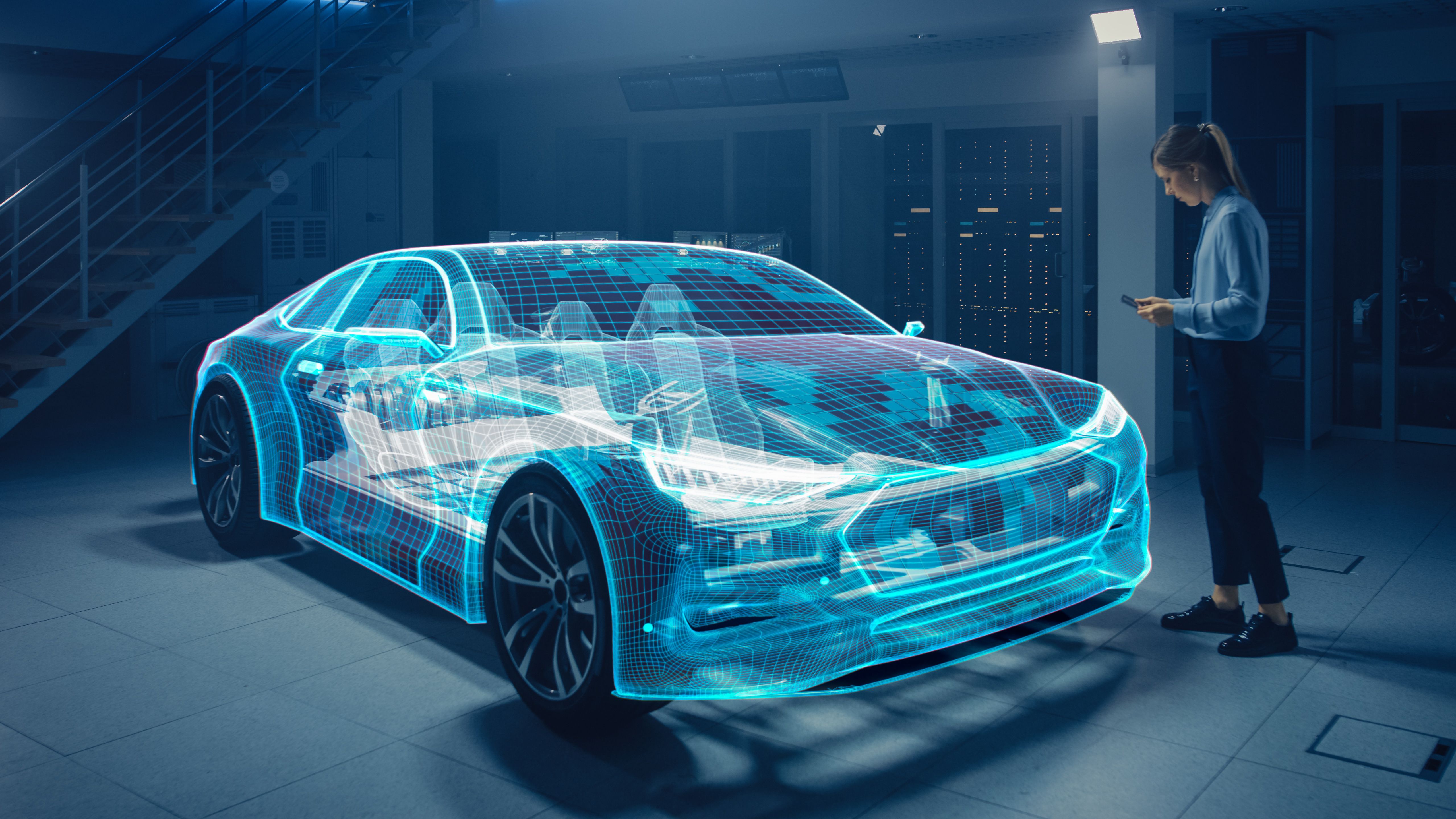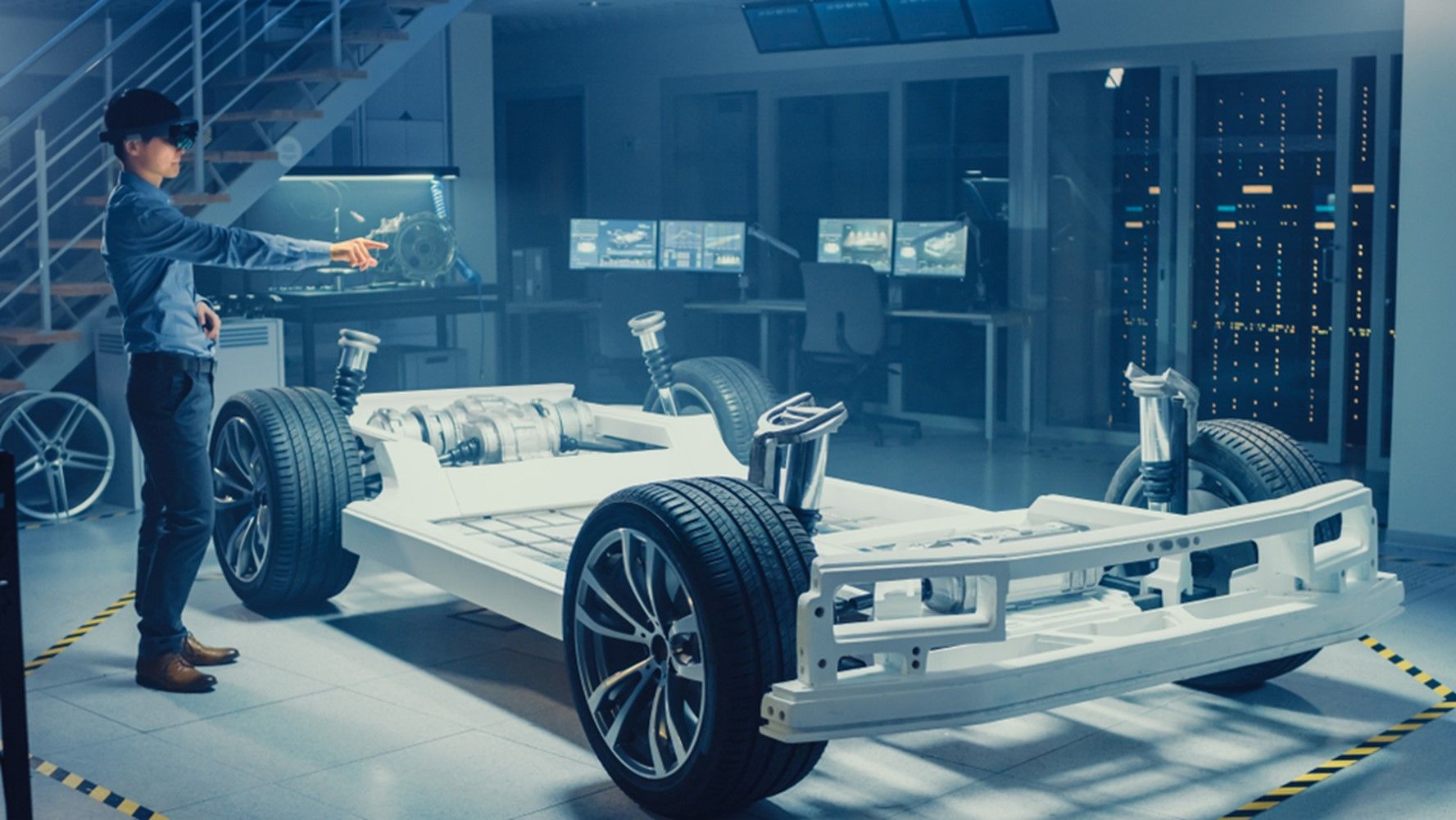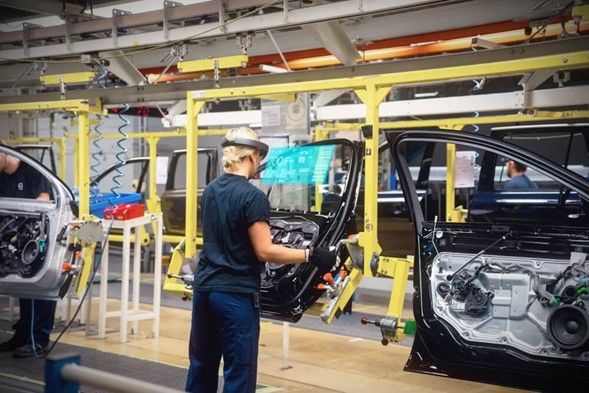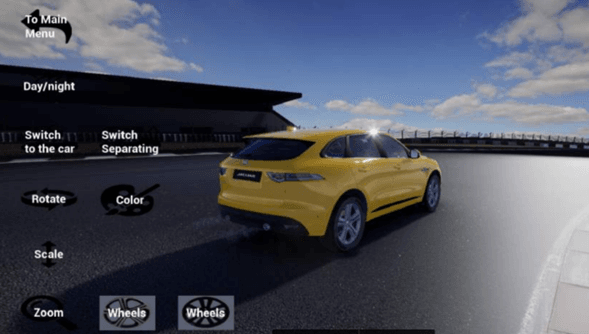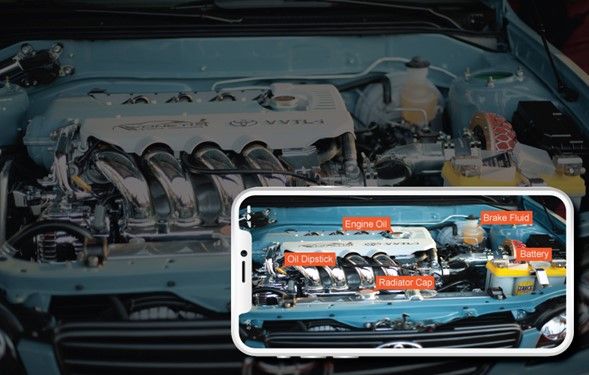Augmented reality (AR) has quickly become one of the most revolutionary tools in the automotive industry. For example, AR has improved cars' design, manufacturing, and customer experience. AR allows designers to visualize unlimited vehicle configurations prior to production, from colors to accessories. AR has also demonstrated critical benefits in the identification of potential problems during manufacturing. With the advent of digitalization and new hybrid workforce models, augmented reality is becoming an increasingly critical technology for automotive manufacturers and their success. In this blog post, you’ll learn everything you need to know about augmented reality in design and manufacturing processes, as an innovative tool for customer experiences, and for breakthrough training initiatives for mechanics and automotive engineers.
Automotive Design and Manufacturing
AR allows designers to test how a vehicle will look in the real world before it is built by overlaying digital information on the actual environment. Moreover, augmented reality is used for design review workflows, where virtual prototypes of car components can be tested for fit and function without expensive and time-consuming physical prototypes.
According to Naveen Joshi, designing an automobile is the most critical process in the industry. "The success or failure of the automotive product depends entirely on its design, which includes both the interior and exterior components," asserts Joshi. Creating a car involves teams of design engineers who draw and prototype. The main goal of vehicle prototypes is to evaluate their components.
Joshi explains that AR can simplify the design process by eliminating the automobile prototyping phase. As a result, designers can project 3D models of cars they have designed in real-time to check that the different components work correctly.
In addition, since augmented reality simplifies the design process, you don't need to create multiple prototypes for the same purpose. For instance, Mercedes has already been using AR for product design and engine variant testing.
In manufacturing, AR also plays an essential role. Each phase of the manufacturing process can be streamlined through this technology. This can eliminate the need for consulting handbooks since AR allows engineers to have complete step-by-step information about manufacturing a car.
CTA: Learn more on how to digitalize your handbooks with AR.
Volkswagen created Marta App to assist technical workers to develop cars’ maintenance faster. For doing this, the app uses special VR for vehicle design, so engineers and experts can assess numerous cars design options for real-time iterative design.
Credits: Anastasia Morozova, Jasoren.
Automotive Customer Experience
Augmented reality is increasingly being used to provide enhanced customer experiences in the automotive industry. For example, this technology can provide customers with an immersive experience of a vehicle prior to purchase, or help understand how to use and maintain a vehicle in a post-sale setting.
Jaguar provides an excellent example of how using augmented reality technology in automotive can improve customer experience. The AR Jaguar Car Showroom is an iOS and Android app that recreates the experience of having a luxury vehicle in any physical location.
Thus, Jaguar allows customers to see what a particular car would look like in a specific location. Customers may also use the Jaguar app to appreciate their vehicles better. This use case effectively shows how augmented reality experiences can help enhance the relationship between car manufacturers and their customers.
BMW, a leading car manufacturer, launched its first virtual showroom in 2017 to enhance customer experiences. This virtual showroom operated through an AR for smartphones and allowed potential customers to have a look at the 3D models of BMW cars. You can learn more about the BMW AR virtual showroom here.
Moreover, connected vehicles’ data can provide real-time information about traffic conditions, road closures, and other events that may impact a customer's driving experience. As a result, AR will help drivers navigate complex traffic situations, receive real-time alerts about potential hazards, and even interact with other vehicles on the road. For example, Nissan has introduced an AR interface in its cars to display 3D spaces that allows drivers to identify hidden hazards and unexpected traffic situations.
Automotive Training
AR is playing an increasingly important role in automotive engineering and design. For instance, AR technology allows engineers to visualize complex systems and interact with them in real-time.
CTA: Learn more on AR training tools.
This means that AR can be used to validate designs to train engineers on new systems. AR is also being used to create virtual assembly line simulations, which can help to identify potential bottlenecks and optimize production schedules.
Utsav Patel describes how augmented reality has assisted engineers and assemblers in their training. For example, you may learn how to create standard automobile assembly and manufacture body and chassis with AR technologies. Assemblers can also be taught to install interiors and lighting by using augmented reality.
Takeaway
AR has revolutionized the automotive industry. It helps improve the design review and manufacturing processes while enhancing customers relationship with AR experiences.
Contact Vection Technologies to learn more about how AR may help you improve your company's operations. Our team of specialists is here to assist your organization in navigating and selecting mission critical solutions to create value through next-generation AR interfaces.
